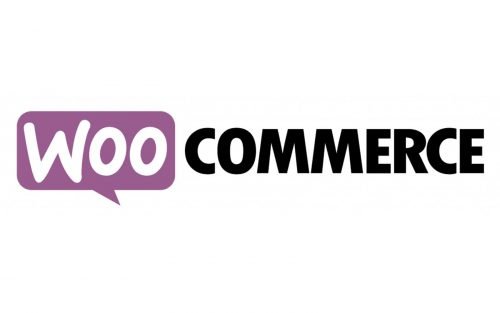WooCommerce is an online service, created for e-commerce businesses using WordPress. The service was launched in 2001 and today is one of the most popular in its segment due to its simplicity and customization options.
Meaning and history
The WooCommerce visual identity is bright and remarkable. Built around a unique color palette, the logo is instantly recognizable.
The WooCommerce logo is composed of an emblem, which is usually used on its own, and a wordmark, placed on its left, which is used rarely.
The WooCommerce emblem is a comics speech-cloud with “Woo” lettering inside. The calm light purple color of the background creates a good contrast with the white bold inscription.
The “Woo” lettering in all capitals is executed in a smooth rounded sans-serif typeface, which evokes a playful and friendly feeling.
The “Commerce” part of the brand’s name is usually colored black and follows the emblem. It looks more strict and points to the platform’s nature and activity field.
The WooCommerce logo is bright and memorable, it represents the service with a lot of capabilities. It is a reflection of creativity and easiness.








